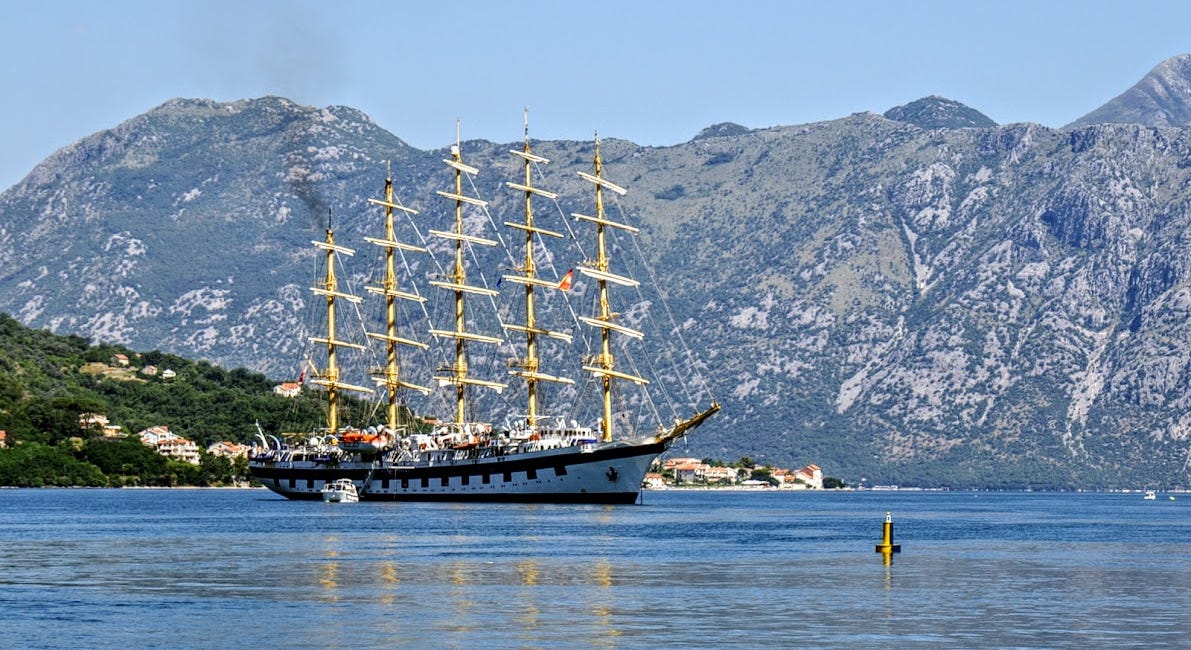Cochem
A Fairytale Castle on the River Moselle
Cochem was a Celtic settlement, existed in Roman times, and was transferred from Nassau to Trier in 1294. It withstood siege during The Thirty Years War, was conquered by the French in 1689, and transferred to Prussia in 1815. It is now part of Rhineland-Palatinate.
The medieval castle of Cochem was destroyed by the troops of Louis XIV and lay in ruins until it was bought by the rich businessman Louis Ravené in the 1860s. Our guide suggested to us that Ravené must have consumed a fair quantity of the local wine before paying 300 marks for the place.
This being the height of the 19th Century romantic period, apparently Ravené set out to restore the castle and make a fairytale summer home for his family, including a wife who was 22 years younger than he was. The work was to be in the Gothic Revival style. Possibly he neglected his wife whilst supervising it, because before it was completed she left him for another man who was their house guest.
Ravené himself did not live to see the interior restoration completed, but his son did. The castle remained in private hands until the Second World War, and now belongs to the town.
Like many towns along the Moselle, Cochem is still well supplied with half-timbered buildings, despite suffering extensive war damage. Its main industries are wine and tourism. It must have fit schoolchildren, since they have to climb a very steep path up from the town towards the school which is situated high on the castle hill.
»»»»»»»»»»»»»»»»»»»»»»»»»»»»»»»»»»»»»»»»»»»»»»»»»»»»»»»»»»»»»»»»»»»»»»»»»»»»»»»»»»»»»»»»»
____________________________________________________________________________
Kotor, Montenegro
Years ago, accusations flew around that Russia had tried to engineer a coup in Montenegro to prevent it joining NATO. If so, the object of the exercise was probably the port of Kotor, which would have given Russia an Adriatic foothold.




